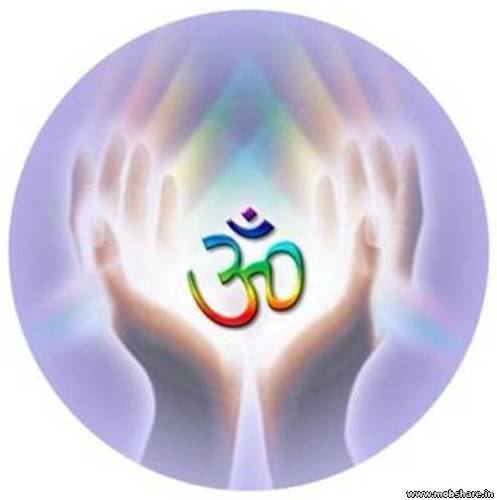Ramayana
The Ramayana (Devanāgarī: रामायण, Rāmāyaṇa) is an ancient Sanskrit epic. It is attributed to the HinduValmiki and forms an important part of the Hindu canon (smṛti). The Ramayana is one of the two great epics of India, the other being the Mahabharata.[1] It depicts the duties of relationships, portraying ideal characters like the ideal servant, the ideal brother, the ideal wife and the ideal king. sage
The name Ramayana is a tatpurusha compound of Rāma and ayana ("going, advancing"), translating to "Rama's Journey". The Ramayana consists of 24,000 verses in seven books (kāṇḍas) and 500 cantossargas),[2] and tells the story of Rama (an incarnation of the Hindu preserver-god Vishnu), whose wife Sitademon king of Lanka, Ravana. Thematically, the epic explores the tenets of human existence and the concept of dharma.[3] ( is abducted by the
Verses in the Ramayana are written in a 32-syllable meter called anustubh. The epic was an important influence on later Sanskrit poetry and Indian life and culture, primarily through its establishment of the shlokaMahābhārata, however, the Ramayana is not just an ordinary story: it contains the teachings of ancient Hindu sages and presents them through allegory in narrative and the interspersion of the philosophical and the devotional. The characters of Rama, Sita, Lakshmana, Bharata, Hanuman and Ravana are all fundamental to the cultural consciousness of India. meter. Like its epic cousin the
There are other versions of the Ramayana, notably Buddhist (Dasaratha Jataka No. 461) and Jain in India, and also Thai, Laos and Malaysian versions of the tale.
http://en.wikipedia.org/wiki/Ramayana
Valmiki Ramayana
Translation of Valmiki Ramayana from Sanskrit to English.
http://www.valmikiramayan.net/
Lord Rama and Ramnavami
Ram Navami (IAST Rāma-navamī) (Devanāgarī: राम नवमी) is a Hindu festival, celebrating of the birth of Lord Rama, son of King Dasharatha of Ayodhya, and a divine figure in Hinduism believed to be an incarnation of Lord Vishnu [1][2][3]. The day also known as Sri Rama Navami, falls on the Navami, ninth day of the Chaitra month of Hindu lunar year in 'Shukla paksha' or waxing moon, thus named Chaitra Masa Suklapaksha Navami, and marks the end of nine-day Chaitra-Navratri celebrations.http://en.wikipedia.org/wiki/Rama_Navami
Ashok vatika where Ravana kept Sita (Sri Lanka)

The Ravana Palace which was burnt by Hanuman

Sugriva Cave



Sanjivani Mountain from where Sanjivani Booti was acquired to save Lakshman which has many exotic herbs even now

Floating Stone from Ramsethu(bridge made by lord Rama and Vanara sena)

Ramsethu

http://www.india-forums.com/forum_posts.asp?TID=859912














This is the true spirituality of Hinduism.
ReplyDelete